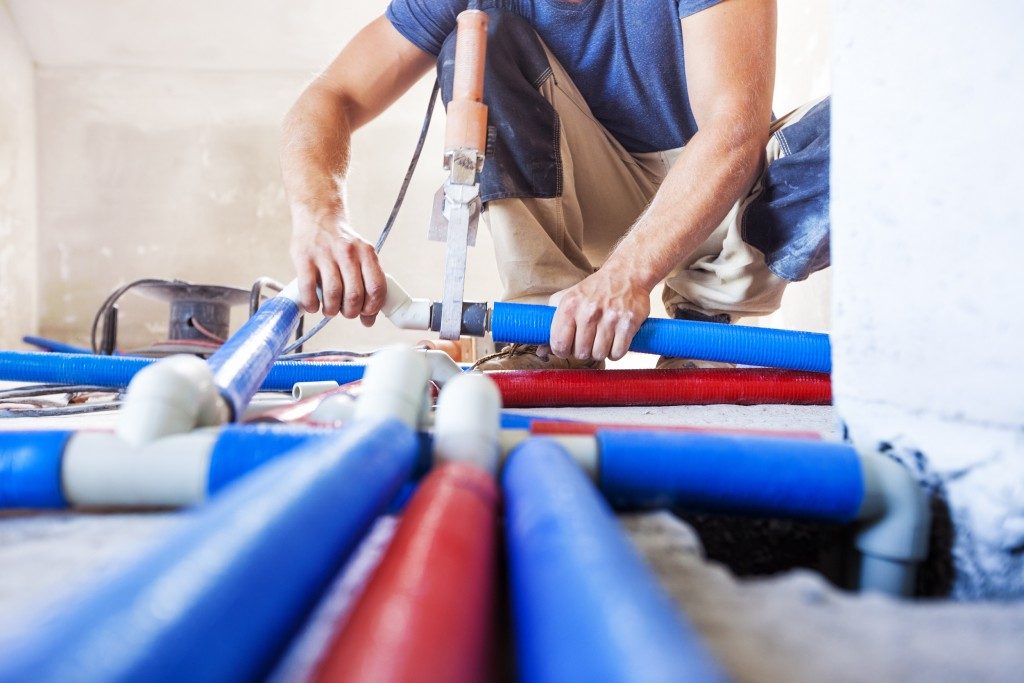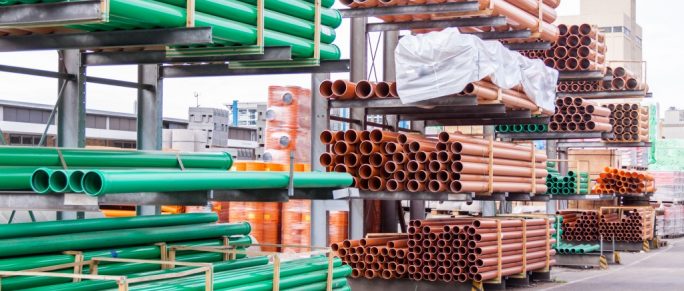Various factors can affect the performance of industrial pipes. You should put each of these into consideration when choosing the piping systems to use. First off, note the condition and chemistry of the immediate environment and whether there is an existing piping system to connect to. Consider the chemicals you will use inside and outside the pipes, too. Also, the highest pressure applicable and the thermal contraction or expansion of the pipes are of key importance here. The availability of staff who have the knowledge required for system maintenance is a primary consideration too.
The Types Explained
There are four main types of pipes used in industrial piping which include:
Ductile Iron Type
These pipes are the most common piping for industrial transportation of water or sewage. It is sturdy but expensive compared to plastic pipes. The iron pipe is naturally corrosive though it often comes with a coating of several layers of lining to prevent the corrosion. The interior has a ceramic coating which not only prevents corrosion but also creates a smoothness that improves the flow. You also can have an epoxy lining in the pipe’s interior. The outside part of the ductile iron pipe is usually protected using polyethene. It is a very effective way of keeping off corrosion when using the pipe in environments with high humidity. It is also very economical. Some of these wraps of polyethene have biocide for the prevention of anaerobic bacteria that can eat away the pipes. Another way of protecting the pipes is by use of cathodic or zinc coating.
HDPE Pipe
This High-Density Poly-Ethylene type of pipe is famous for its many good qualities. Though its lightweight, it is strong and durable. The pipe is mainly for storm sewers, telecommunications and electrical pathways. To define the pipe’s utility type, use colour coding. The HDPE pipe is flexible and therefore makes a perfect option for installations that are trenchless. The walls of HDPE are thicker than those of ductile pipes. The HDPE is resistant to corrosion, but when used outdoors for extended periods, it can become affected by ultraviolet rays. If the pipe for outdoor use, its preferable to use a black one as it contains carbon that can reduce the effect of ultraviolet rays. Hydrocarbons are also known to enter the HDPE piping system walls which can cause contamination to the industrial pipes. Temperature changes affect HDPE but not in cool temperatures.
PVC Pipe

The PVC Pipe is also lightweight and relatively cheap but sturdy. Its either used on the ground or below the ground. Most of its qualities match those of HDPE pipes except for its strength and brittleness. There are three types of PVC types namely closed-profile, corrugated and truss PVC. PVC is resistant to corrosion and does not react to water or air. It is, however, susceptible to ultraviolet rays and hydrocarbons.
Conclusion
Regardless of the pipe type you eventually settle for, ensure that proper safety measures are in place. That will help you to minimise the chances of avoidable pipe damage. See to it that the industrial environment is right and that you use the pipe in the respective application.


